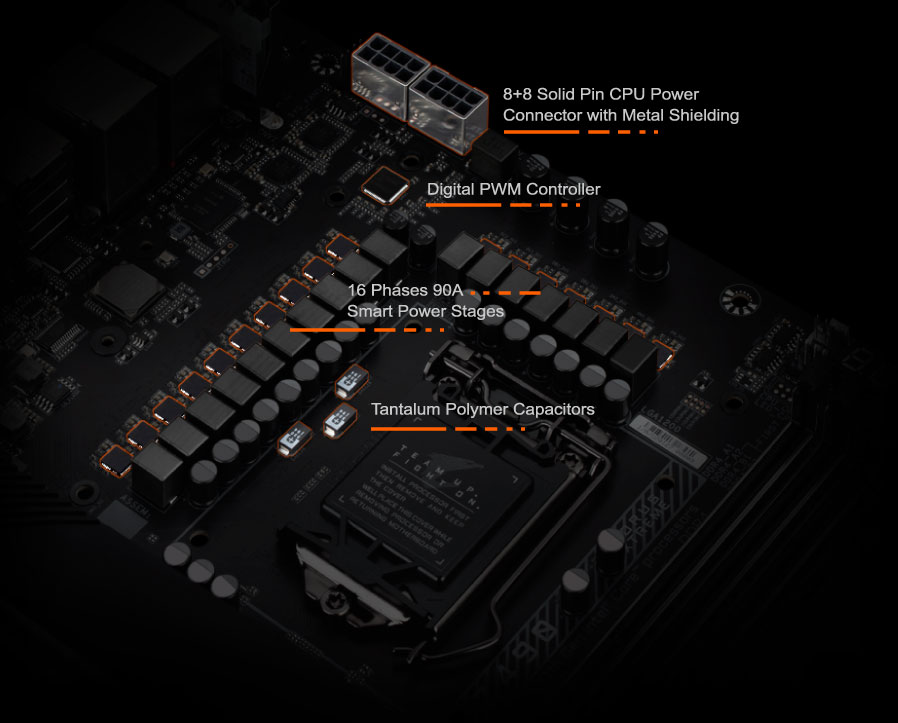
Power consumption was barely impacted by this overclock, with total power draw under load moving from 146.9W to just 149.2W at the +90 MHz / 106% power limit settings used in this review.

It is possible that better results could be reached with some higher memory clocks as well, but both of these GTX 1650 cards are already pushing what it possible from this entry-level Turing GPU with its 896 CUDA cores, which is significant drop from the next card up the lineup – the GTX 1660 – with its 1408 CUDA core count. And 2040 – 2055 MHz is exactly where the Boost clocks topped out during game benchmarking. Going back to the RTX 2060 review I’ve found that hitting 2 GHz with Turing is easy, but getting sustained clocks above about 2055 MHz would require more than a quick overclock with no voltage adjustment. When comparing the further-overclocked EVGA results to the MSI card we see that this additional GPU core OC did indeed boost performance, though the extra couple of FPS doesn’t change the GTX 1650’s position on the charts very much.


 0 kommentar(er)
0 kommentar(er)
